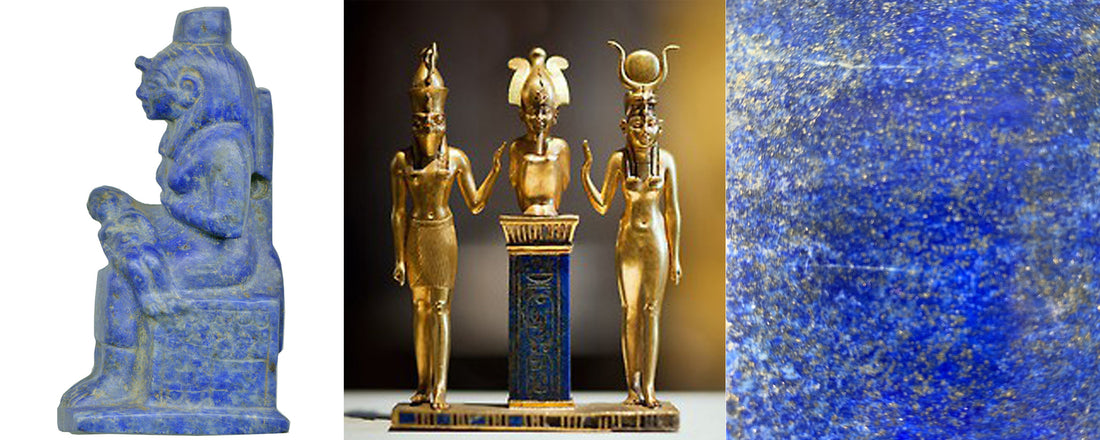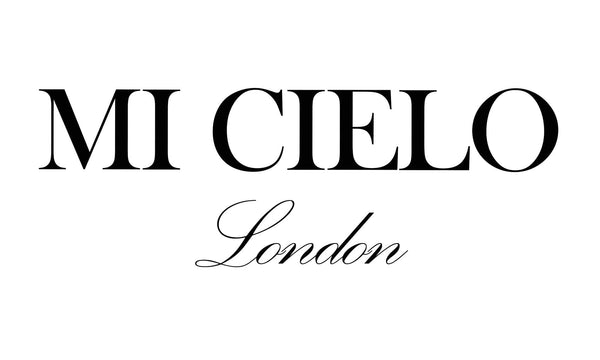
Gemstones and History
Share
Gemstones and History
The Egyptians believed that each small piece of lapis lazuli held a small part of the Egyptian Goddess Isis's soul, so those who possess this stone had a connection with her knowledge, insight and magical powers.
Exploring the historical knowledge about stones, drives us to investigate about historical figures who gave birth to many believes and traditions...
Many reasons may explain our interest and fascination about stones. It might be the aesthetics, color, texture, or scientific properties. Most of the time, believes and traditions are related to our most ancient ancestors.
5 things you should know about Gemstones
1. EMERALD: Cleopatra’s Gemstone

The list of celebrated royalty who conspicuously displayed this green gem includes no less a figure than Cleopatra.
The ancients considered these gemstones sacred symbols of fertility and immortality. Reportedly, Cleopatra adorned herself and her palace with emeralds and also gave them as gifts to foreign dignitaries. Most likely, she intended this as a display of wealth and power.
2. LAPIS LAZULI: Goddess Isis

Isis was a major goddess in ancient Egyptian religion whose worship spread throughout the Greco-Roman world.
The Egyptians used lapis lazuli stone in artwork, amulets, jewelry and cosmetics, but their use on the hair and adornments of the heavenly Goddess Isis shows how much their culture cared for the metaphysical powers of lapis.
The Egyptian Goddess Isis was omniscient, all-knowing and all-seeing. They believed that each small piece of lapis lazuli held a small part of her soul, so those who possess this stone had a connection with her knowledge, insight and magical powers.
The Egyptians believed that its blue color was reminescent of the heavens and symbolized creation and rebirth.
3. JADE: The Ancient Mayan King

In 2015, Braswell and others excavated the jade pendant in a tomb that dates to around the year 800 A.D and is located in a place called Nim Li Punit in the south of Belize. According to Braswell, in the year 672, the jade pendant was used for the first time in a ritual focused on summoning wind and rain, which was essential for Mayan crops.
4. JADE of The Maori
The Maori people of New Zealand made full use of jade’s durability. They fashioned tools, weapons, and ornaments from it and passed these down through generations. Cherished jade was also used to make heirloom pendants called hei-tiki.
5. JADE: The Gem Supreme
Jade symbolism in Chinese civilization includes associations with nobility and wealth. Many consider it a protector of generations, living and dead. Jade has been and always will be Yu, the “Gem Supreme” and the “Jewel of Heaven,” stone of the heart.
A medicinal cult arose around jade in Ancient China. People believed mixing powdered jade with water produced a panacea to strengthen the body and prolong life. If ingested just prior to death, this mixture supposedly even delayed the decomposition of the body.
Confucius described the Chinese love of jade by comparing its qualities to the virtues of a gentleman, “esteemed by all under the Sun.” Xu Shen, an ancient Han scholar, listed the five virtues of jade in his Great Dictionary as “charity, rectitude, wisdom, courage, and equity.”
Jade use and reverence in China dates back to Neolithic times. For example, one of the earliest forms of the ideograph for “king” appears to be the symbol for a string of jade beads. Suffice to say that one of the gates in the Great Wall of China is named the Jade Gate.
Caravans of camels bearing jade trekked two-thousand miles, over as many years, bringing jade to Chinese artisans. They worked this stone into huge sculptures as well as tiny, delicate ornaments. However, so great was the demand that jade carving became very specialized. Finding someone who could create both large and small carvings was difficult.
Bibliography
1. https://www.gemsociety.org/article/history-legend-emerald-gems-yore/
2. https://www.foxnews.com/science/wind-jewel-archaeologists-find-incredible-mayan-jade-pendant

